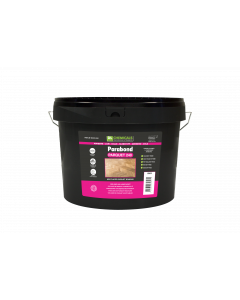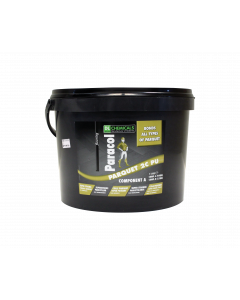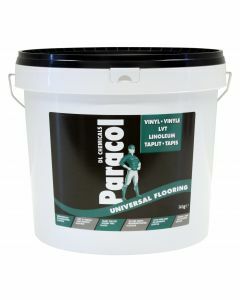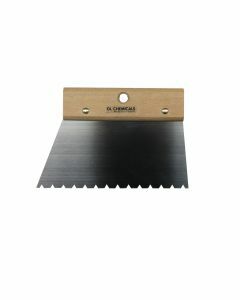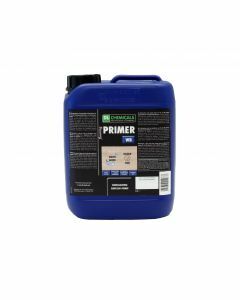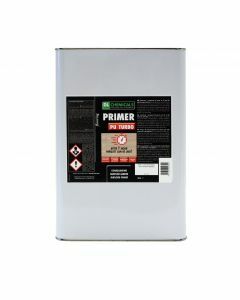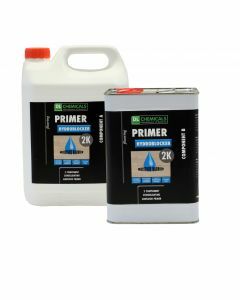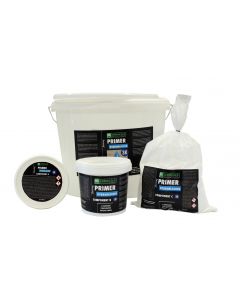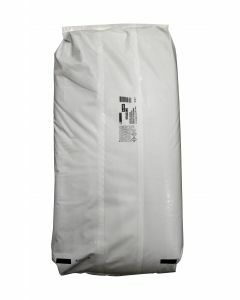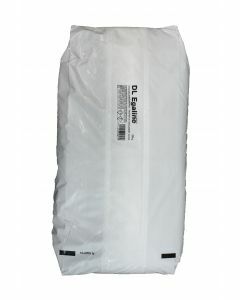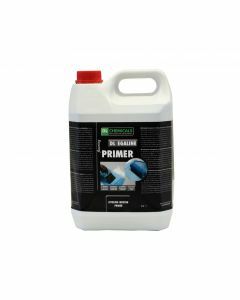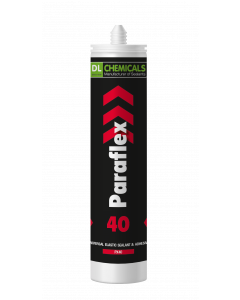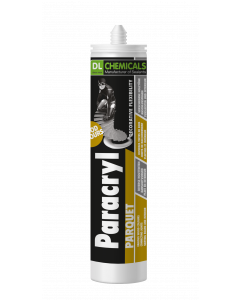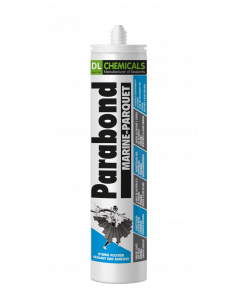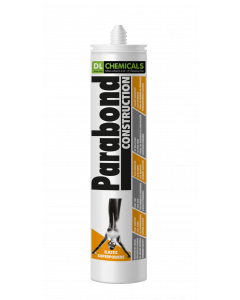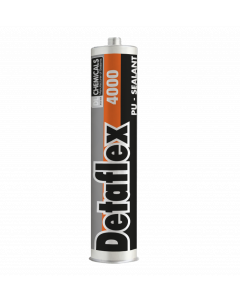A dream floor without worries
Below you will find general guidelines and info on how to install your parquet or flexible floor. For each step we advise which products can be used. The specific methods and guidelines per product can be consulted in the technical sheets. Be sure to also check out our brochure about this application!
In the dynamic field of parquet and flexible flooring, DL Chemicals continues to evolve in terms of innovation. As your trusted partner in adhesive and grout solutions since 1936, we present an extensive range of customized products for the professional installation of wood flooring and flexible flooring options. From a diverse range of primers, levelers, parquet and flexible floor adhesives to finishing products, you can rely on us to bring a wide range of projects to life. Even in challenging scenarios such as moisture problems, poorly adhering surfaces, uneven subfloors or complicated parquet variations, DL Chemicals offers effective solutions.
Achieve the flooring of your dreams worry-free with DL Chemicals by your side.
1. Pretreatment
Priming
Priming the screed with primers such as Primer WB, Primer PU Turbo and DL Egaline primer offers several advantages. Some advantages:
- Reduce the suction power of an absorbent surface
- Improve the adhesion between the substrate and the adhesive or leveling layer
- Bind the dust and improves the mechanical properties of the surface of the substrate
- Better spread the adhesive and reduces the amount that is used
A bonding primer is highly recommended for situations involving highly absorbent or unevenly absorbent substrates, brittle or dusty substrates, underfloor heating, or when applying a leveling layer.
! Smooth surfaces such as ceramic tiles and polished concrete should always be thoroughly degreased and scratched before applying a primer.
! Respect the minimum and maximum time to continue working after primer application. A waiting time that is too short or too long will reduce the adhesion of the adhesive. However, the waiting time can possibly be extended by sanding the primer.
Moisture protection
Parquet and flexible floor coverings require a sufficiently dry substrate for optimal installation. In cases where the substrate is not completely dry, waiting time for installation can be reduced by applying a moisture-blocking epoxy primer, such as Hydroblocker 2K, which also consolidates brittle and dusty substrates and improves adhesive adhesion. In addition, in situations where there is a risk of rising damp or capillary moisture, a specific moisture-blocking primer, such as Hydroblocker 3K, provides an effective solution. These primers are composed of a 2- or 3-component system and also act as adhesion enhancers for the adhesive.
If you are unsure which product to choose, refer to the pre-treatment selection table in our brochure
Leveling
When it comes to achieving a flawless surface for floor installations, the process of leveling the substrate is essential. DL Egaline, designed to address small unevennesses, and DL Maxi Egaline, tailored for larger unevennesses, play a crucial role in this process. Suitable substrates for leveling are cement screeds, concrete, mortar, tile and polished concrete. It is important to note that these products should not be applied to damp or unstable (wood) substrates or anhydrite screeds.
Leveling the subfloor significantly improves flatness and provides an optimal bonding surface. It is essential to understand that applying a leveling layer is not intended to adjust level or horizontality, nor to correct mechanically deficient substrates for bonding. The leveling layer provides the ideal base for a wide range of flooring materials, including parquet, vinyl, LVT, linoleum, cork, carpet, laminate and tile.
In addition, it is recommended to use a primer before applying the leveling layer. For non-absorbent substrates such as ceramic tile or polished concrete, pre-treat with DL Egaline Primer. For absorbent substrates such as screed or concrete, pretreat with Primer PU Turbo and sand.
If you are unsure which product to choose, refer to the pre-treatment selection table in our brochure
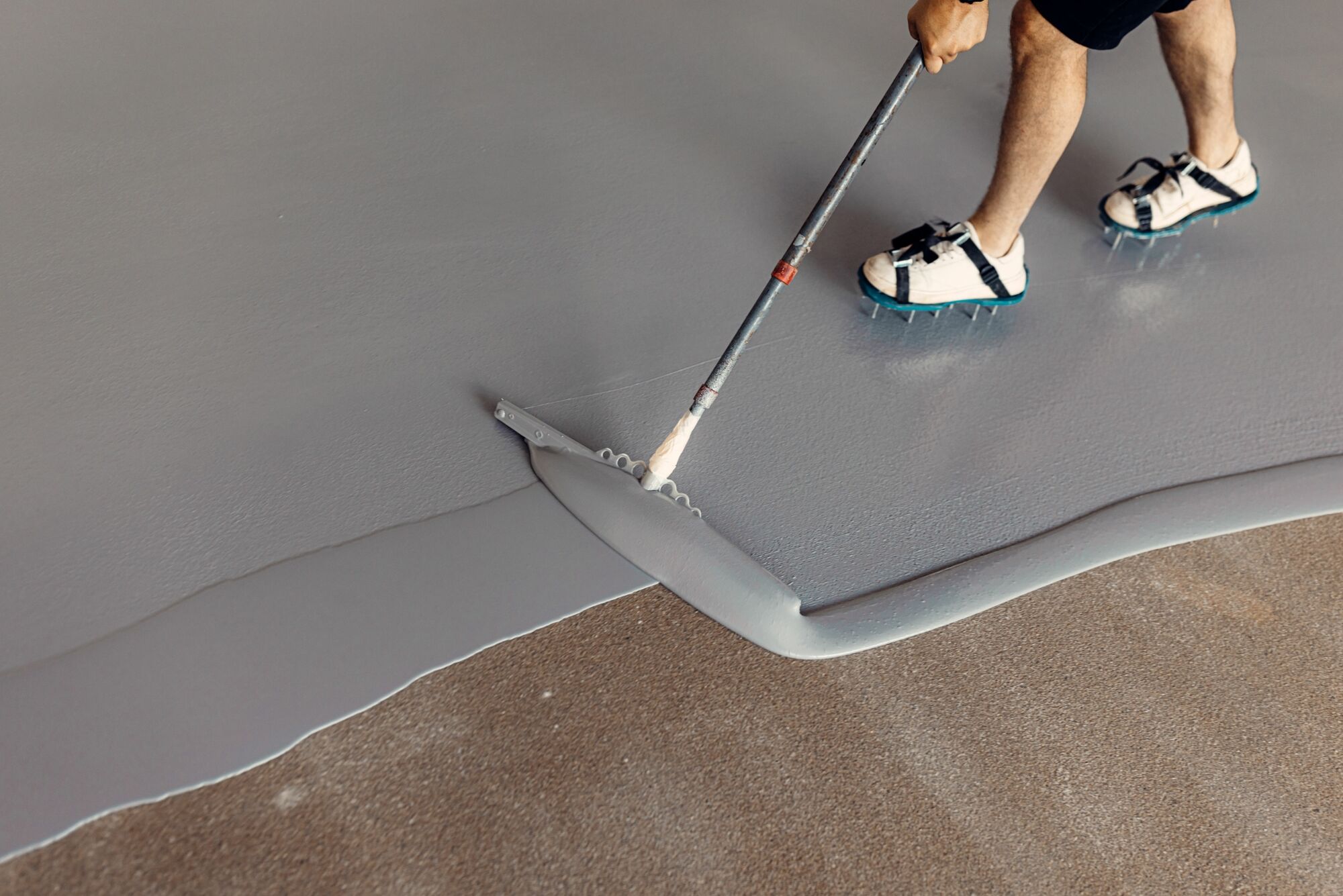

2. Parquet bonding
The start of a perfect parquet bonding
Learn more about the importance of choosing the right adhesive here.
Wood requires attention
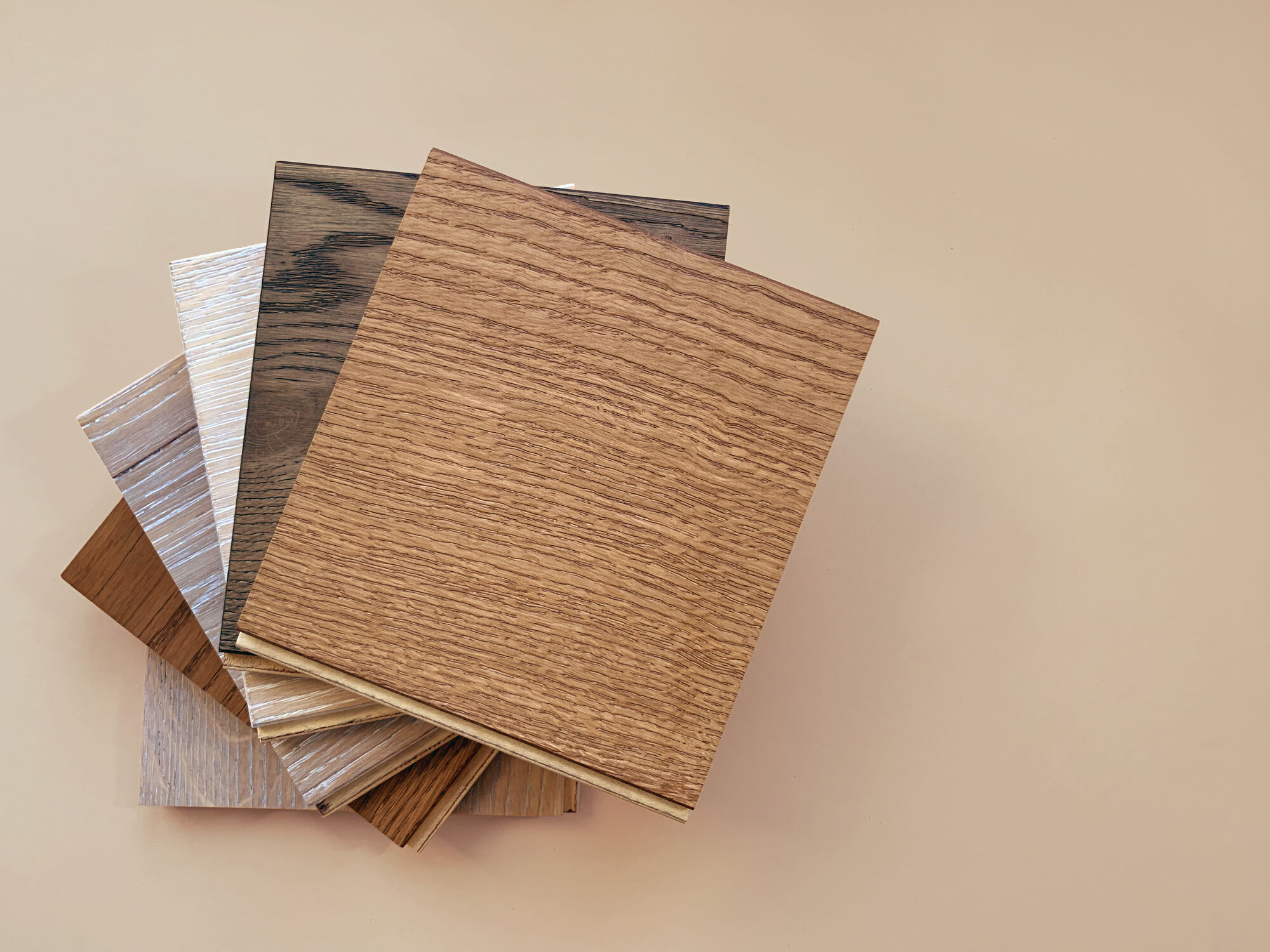

Moisture content
Wood tends to keep its moisture content in balance with the humidity of the air or the environment. Until the equilibrium moisture content is reached, the wood will absorb moisture from the air or release moisture to the air. These fluctuations in wood moisture content will usually cause the wood to swell or shrink. The hygric movement is most pronounced in the tangential plane (file plane) of a wooden element.
Other influencing factors
In addition to the drying quality of the wood, other factors can also influence the dimensional stability of wood: the type of wood, the wood quality, the cutting method, the slenderness of the profile, the presence of shrink grooves, the method of installation and the structure of multilayer parquet...
The slenderness of a profile
The slenderness factor of a rectangular element is defined by the ratio of the width to the thickness of the element. Significant deformations can occur with slender profiles (e.g. wide and thin parquet slats). It is therefore important to choose a suitable adhesive for this purpose.
Example: solid oak parquet 200 mm wide and 20 mm thick has a slenderness factor of 10 (= 200/20): It is recommended for bonding solid parquet not to exceed the slenderness factor 10.
Acclimatizing wood
Allow the parquet to acclimate for several days in its original packaging in the relevant room. The recommended air temperature is 16°C - 22°C with relative humidity between 30% and 60%.
Check the moisture content
Check the moisture content of the wood before installation and compare it with the value prescribed by the manufacturer. Below 7% or above 11% wood moisture, installation is strongly discouraged.


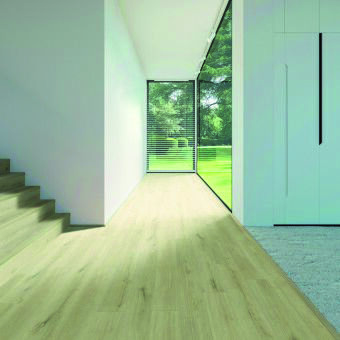

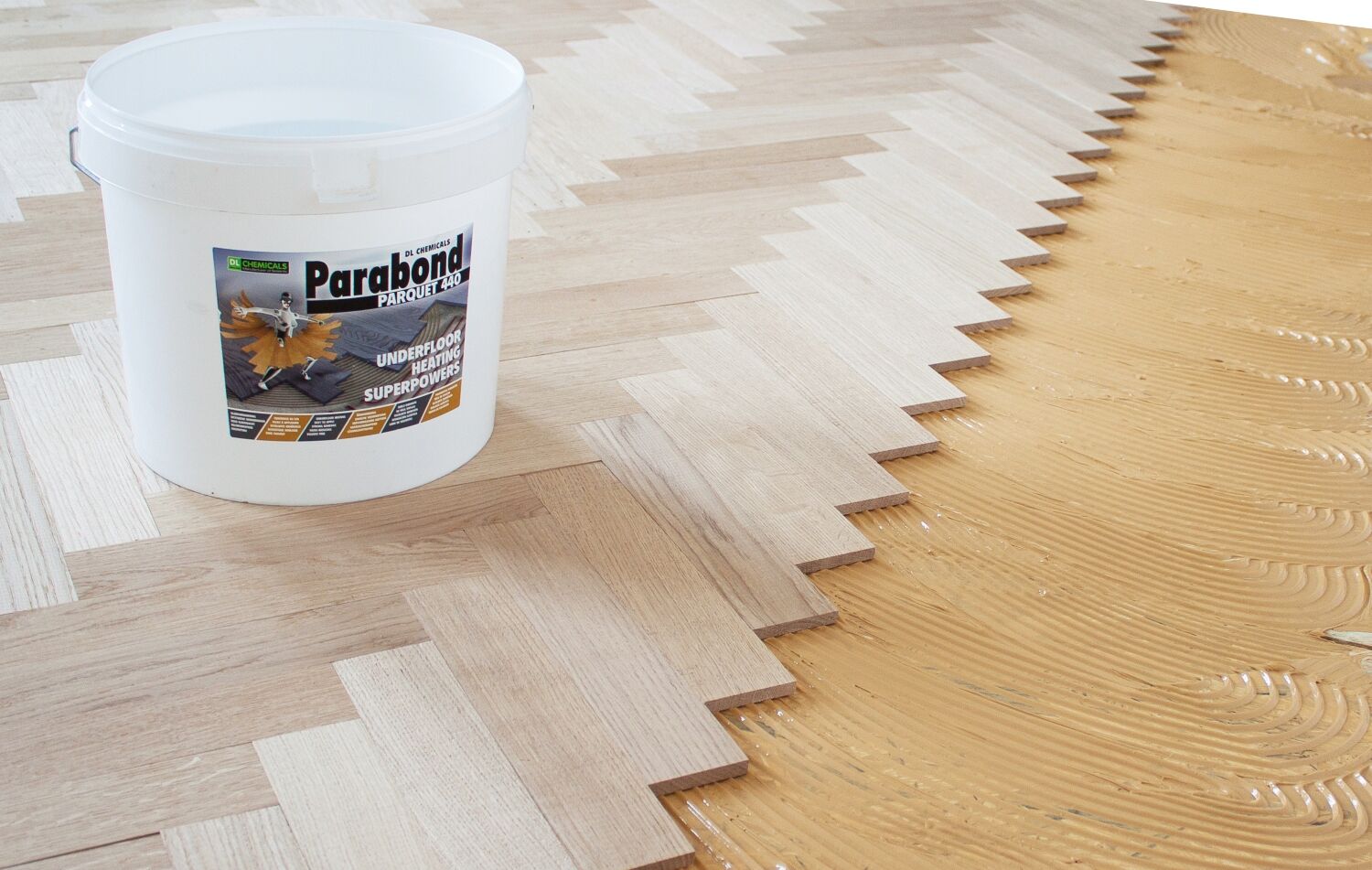

Indoor
The relative humidity must stand between 30% and 60%. The air temperature must be at least 16°C. The subsurface temperature must be at
least 10°C and at least 3°C above the dew point of the ambient air in order to avoid condensation.
Prepare the substrate
The substrate must also meet certain requirements before installing parquet:
- The substrate must be horizontal and sufficiently flat. If necessary, the flatness can be improved by leveling with DL (Maxi) Egaline.
- The surface must be sufficiently dry. Optionally, a moisture barrier can be applied with Hydroblocker 2K or Hydroblocker 3K.
- The substrate must be strong enough with a good surface cohesion. A primer such as Primer WB, Primer PU Turbo and Hydroblocker 2K can in some cases improve the surface condition. Any cracks in the screed can be repaired with a synthetic repair mortar (Hydroblocker 2K+ sand).
- Smooth surfaces such as ceramic tiles and polished concrete must be degreased and scratched well.
Underfloor heating
If the parquet is installed on underfl oor heating, it must be turned off at least 48 hours before gluing.
Hybrid polymer adhesive
The Parabond Parquet range (Parabond Parquet 240, Parabond Parquet 340, Parabond Parquet 440, Parabond Parquet 540) consists of elastic 1-component parquet adhesives based on hybrid polymers. The ready-to-use elastic adhesives have a wide range of uses: for all types of parquet flooring: mosaic parquet, solid tongue-and-groove parquet, multilayer parquet, lamparquet.... It is suitable for problematic woods such as beech, maple and bamboo.
Also the rigid, 2-component parquet adhesive Paracol Parquet 2C PU is a particularly strong adhesive suitable for bonding a large-sized plank parquet.
Hybrid polymer adhesives have excellent adhesion to both absorbent and non-absorbent substrates
(such as bonding parquet floors to old ceramic tiles) and can be used on screeds with
floor heating. The adhesives do not contain water or solvents which reduces the risk of warping.
The Parabond Parquet range is available in box packaging in addition to the bucket packaging.
With the box packaging, the parquet adhesive is packed in liner bags of 7.5 kg each.
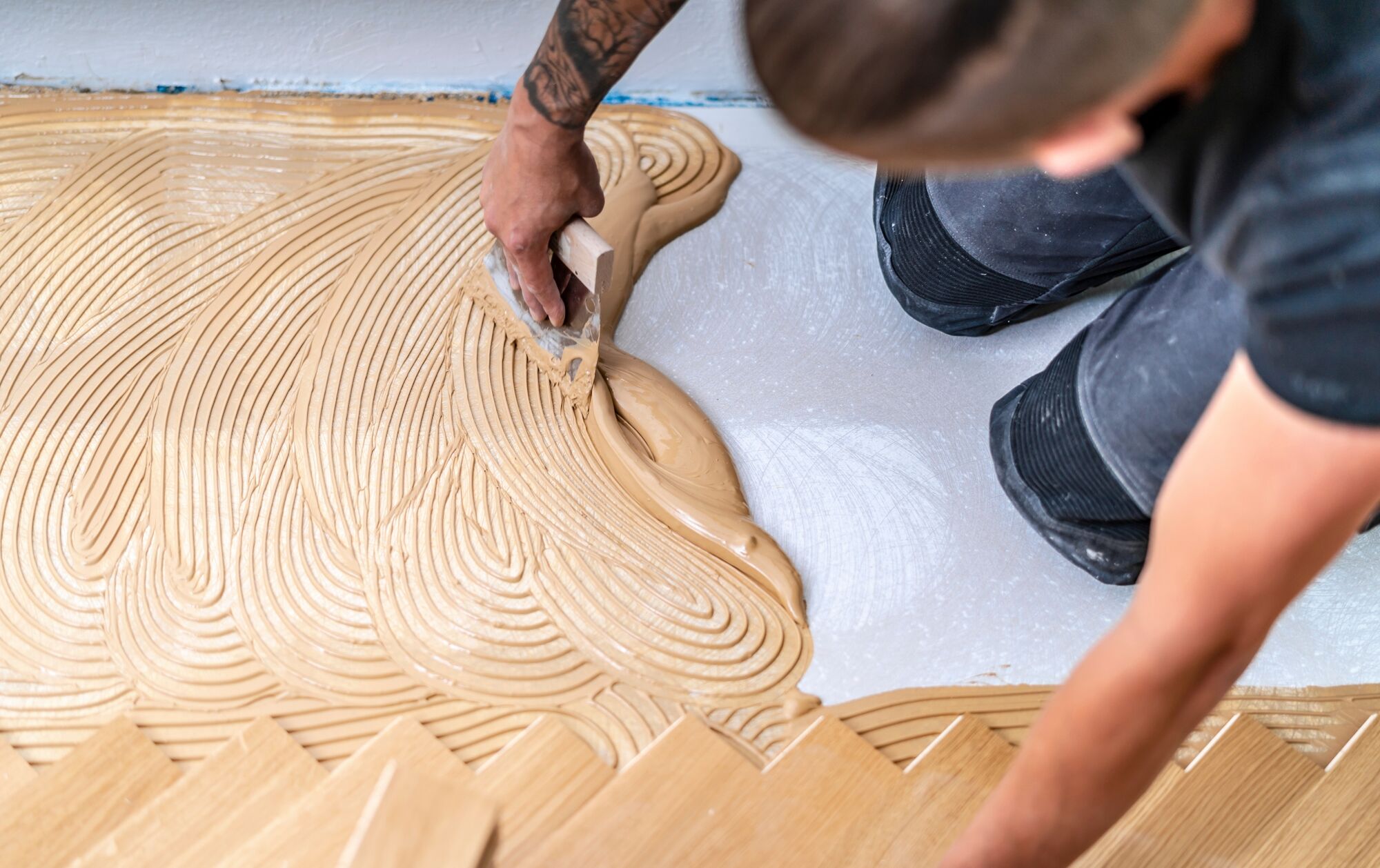



3. Bonding of flexible floor covering


Dispersion adhesive
To bond a flexible floor covering, the best choice for bonding is a dispersion adhesive. We offer you Paracol Universal Flooring. The product is perfect for bonding flexible floor coverings, including vinyl, LVT, cork, linoleum, rubber and carpet. Moreover, commissioning this adhesive is harmless to your health and it is suitable for floor heating.
4. Finishing touches
In the finishing process of your dream floor, the material is critical to ensure both aesthetic appeal and lasting quality. From laying the foundation to adding the final details, each step contributes to the overall result.
First, it is essential that the various building materials be securely fastened. With Paracol Montagekit WB you can finish your project beautifully without nails or screws.
As the floor takes shape, addressing any voids under the parquet becomes a priority. Parafoam NBS offers a solution for filling these voids and provides a flat and stable base for your beautiful floor.
When it comes to finishing wooden structures such as window frames and exterior doors, the importance of a strong, durable bond cannot be overemphasized. Paracol Wood D3 provides exceptional adhesion for these critical elements.
In the broader spectrum of materials and substrates, Parabond 400 Standard proves invaluable, with versatile bonding and mounting capabilities in a wide range of applications.
The precision and care given to the finishing details make a significant difference in the overall result. Paracryl Parquet serves as an ideal sealant for joints between parquet and laminate floors, baseboards and walls, providing a seamless and polished appearance.
Similarly, Paracryl Standard rounds out careful craftsmanship by effectively sealing joints around door and window frames, seams, baseboards and walls, contributing to the overall finish of the installation.
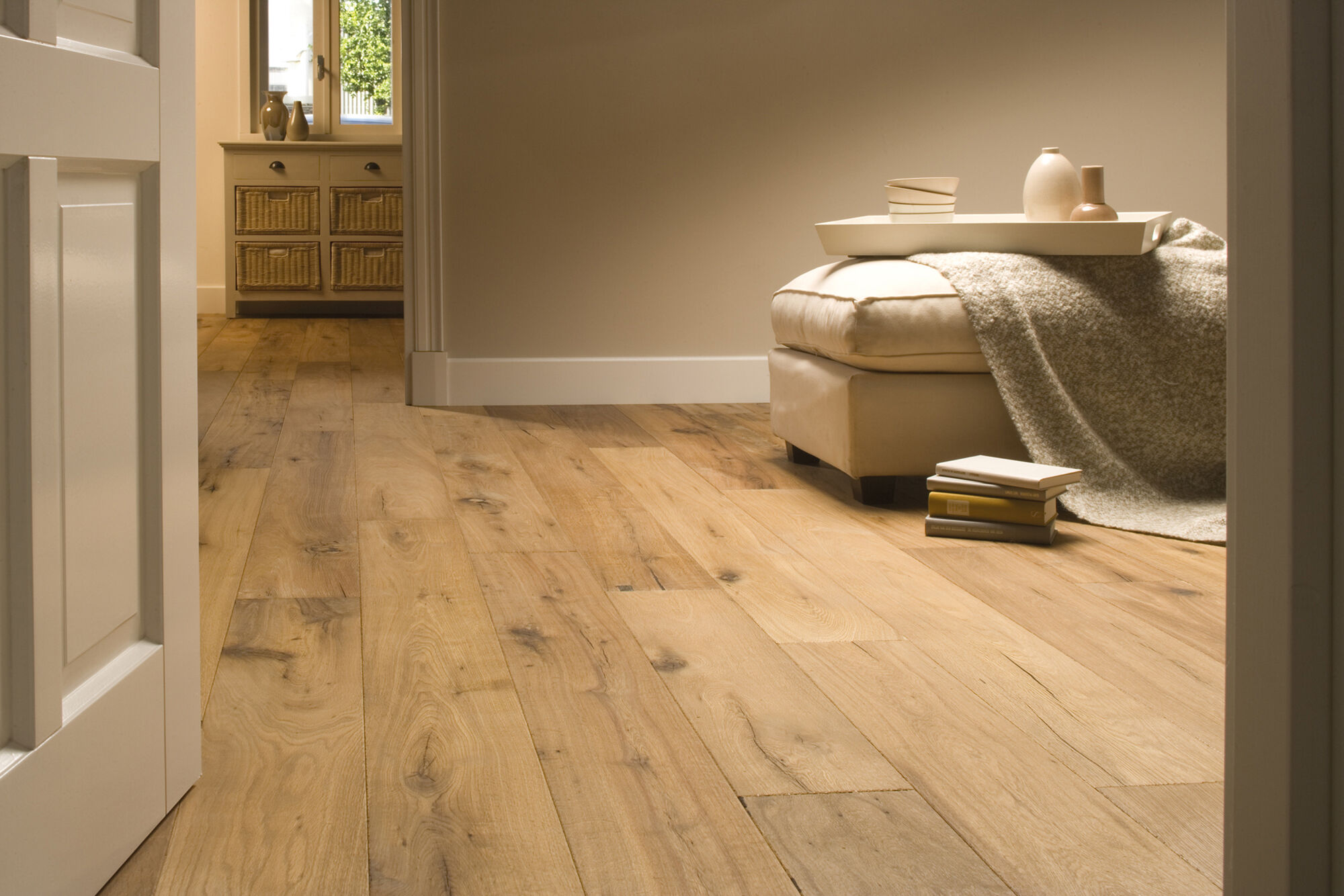



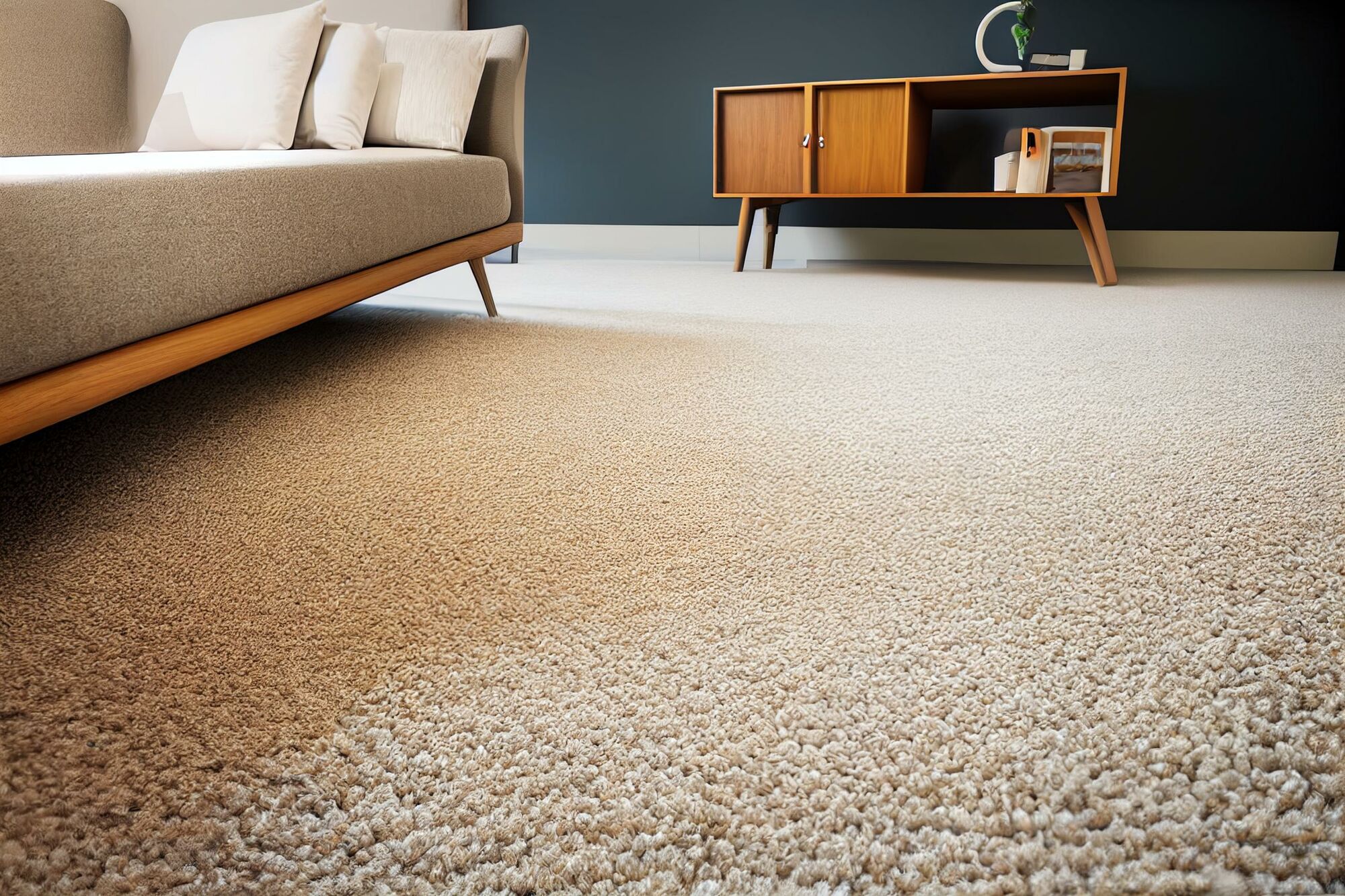

More info on the different methods of application and the choice of our products can be found through our brochure for parquet and flexible flooring

